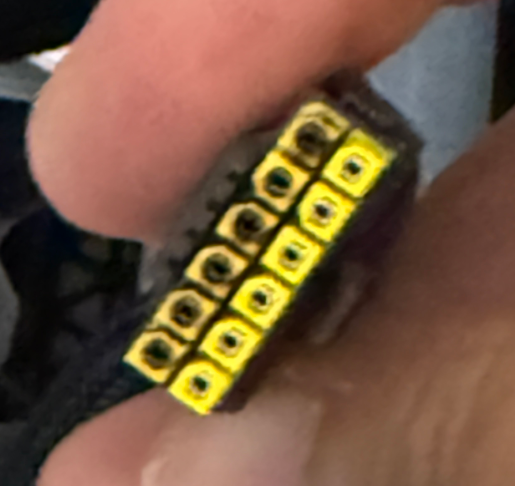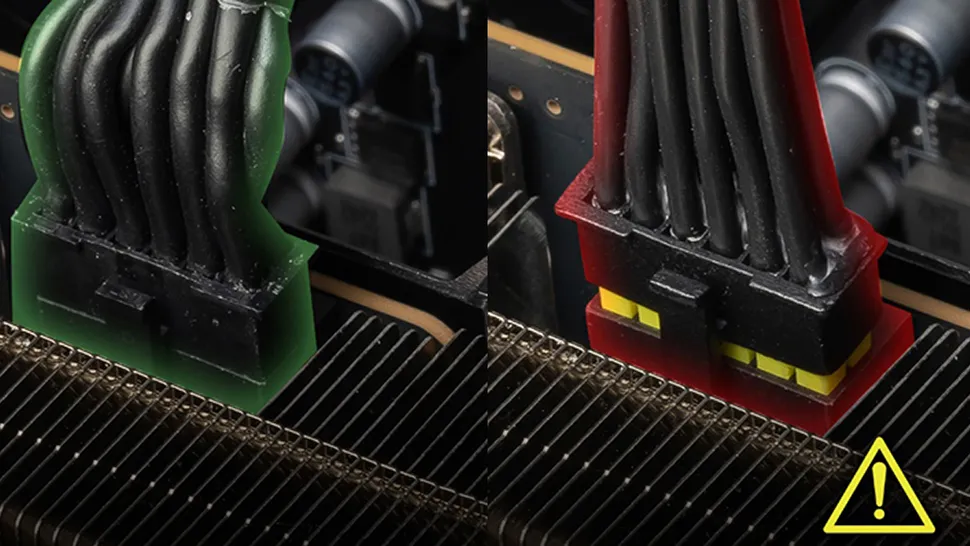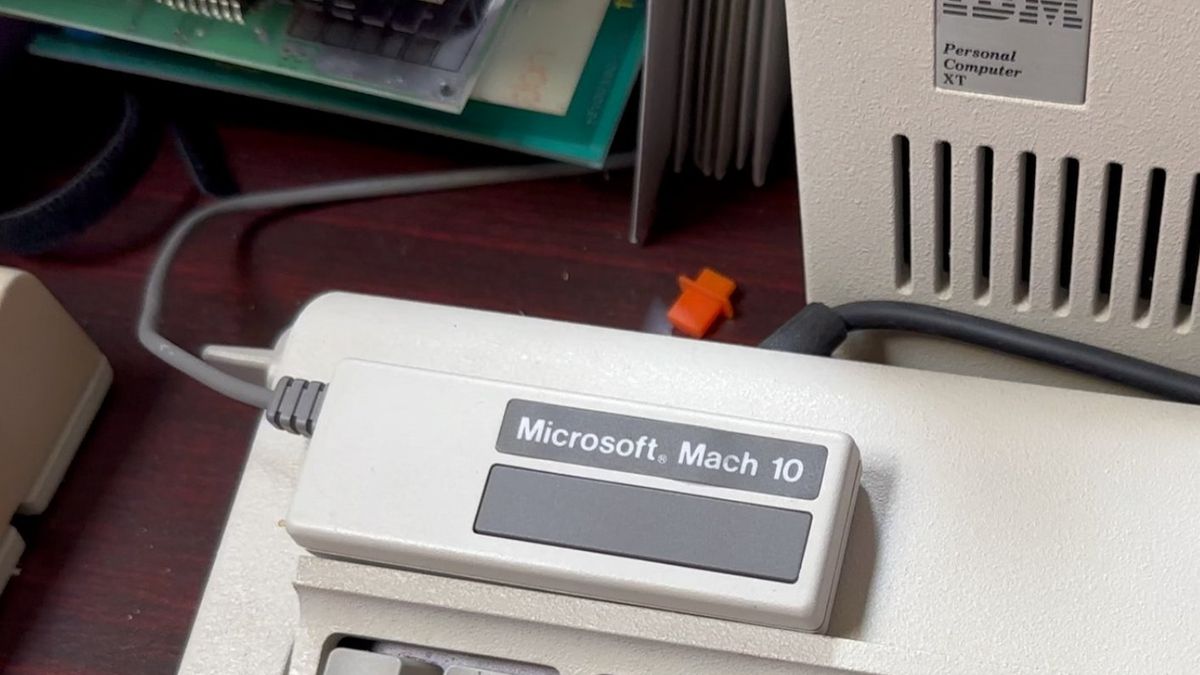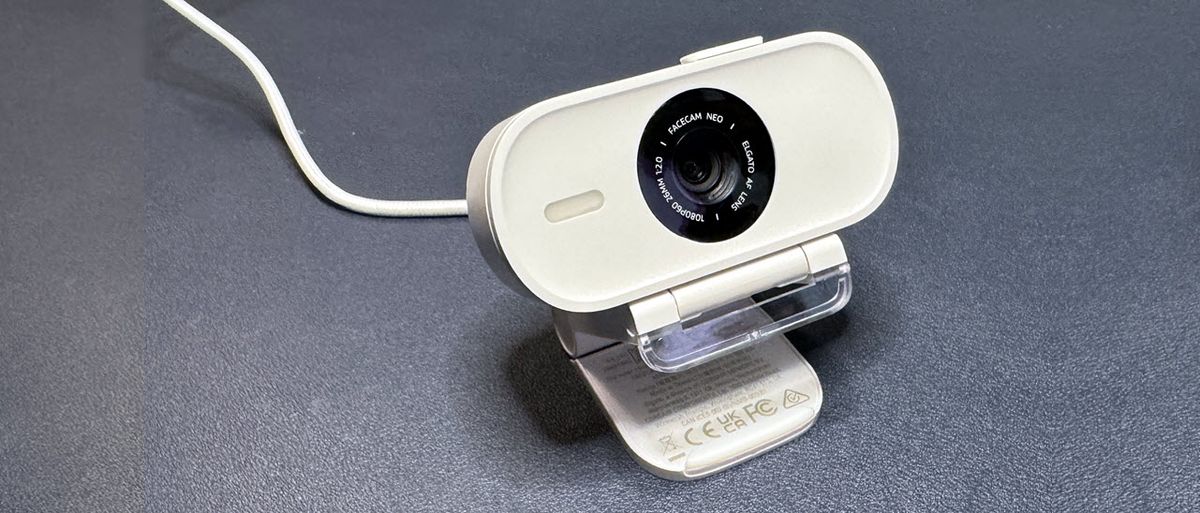Melting RTX 50 issues keep emerging like there's no tomorrow, and this probably won't change until Nvidia tightens up the power delivery or revises the design altogether. A user at Quasar Zone reported thermal damage on MSI's preventive yellow-tipped 12V-2x6 power cables, which were originally meant to simplify cable seating and prevent melting, via Harukaze. Thankfully, the accompanying RTX 5090 remains unharmed, at least by visually inspecting its power connector.

This issue is not newfound, as the 12VHPWR connector has also wreaked havoc on a handful of last-gen RTX 40 GPUs as well. RTX 50 GPUs draw power through the six 12V terminals on the 12V-2x6 connector, each with a strict current limit of 9.5A. Naturally, GPUs have load-balancing capabilities, but reference RTX 50 models are unable to determine per-pin current measurements, preventing effective load distribution across the pins, and that's a design choice Nvidia made.
Consequently, a poor connection on some pins forces the entire load through the correctly seated ones. Several reviewers have witnessed this firsthand, with individual pins spiking to more than 150 degrees Celsius.
The affected user owned an MSI RTX 5090 Suprim, which came bundled with MSI's yellow-tipped 12V-2x6 cables (4x 8-pin to 16-pin), serving as a foolproof visual aid for ensuring proper connector seating. Likewise, power was supplied by an ATX 3.1 compliant 1,300W supply from Superflower, so the PSU wasn't the source of the problem. Either way, all it took was a small gaming session with the GPU at 400W for the user to discover an entire 12V terminal row on their cable, burnt to a crisp.
Did you know?🧐 MSI graphics cards come with a special dual-color 16-pin PCIe cable!If you see yellow, your connection isn't secure😮 Make sure to connect it properly, and game on with confidence!*This dual-color design applies only to the 1-to-3 and 1-to-4 dongles. pic.twitter.com/KuKWbej3dfApril 1, 2025
Keep in mind, the yellow tip is merely a visual aid, and errors can still go unnoticed, well, until they melt your GPU. It's impossible to know if there was user error involved or not. According to UNIKO's Hardware, the materials used in MSI's yellow-tipped 16-pin to 16-pin (native) cables differ from those in their 4x 8-pin to 16-pin adapter. Regardless, the larger problem is the inherent design of Blackwell GPUs, which cannot seemingly handle power imbalances.
Asus' Astral works around that by including a series of shunt resistors that alert users if a specific pin is drawing excessive current. Zotac's safety light mechanism is also a noteworthy mention, as it prevents your GPU from powering on if the cable isn't inserted properly. Maybe try building your own power connector, with per-pin sensing, and a current-overload alarm, as that's what a Chinese enthusiast apparently did.
Follow Tom's Hardware on Google News to get our up-to-date news, analysis, and reviews in your feeds. Make sure to click the Follow button.

 6 months ago
13
6 months ago
13










 English (US) ·
English (US) ·